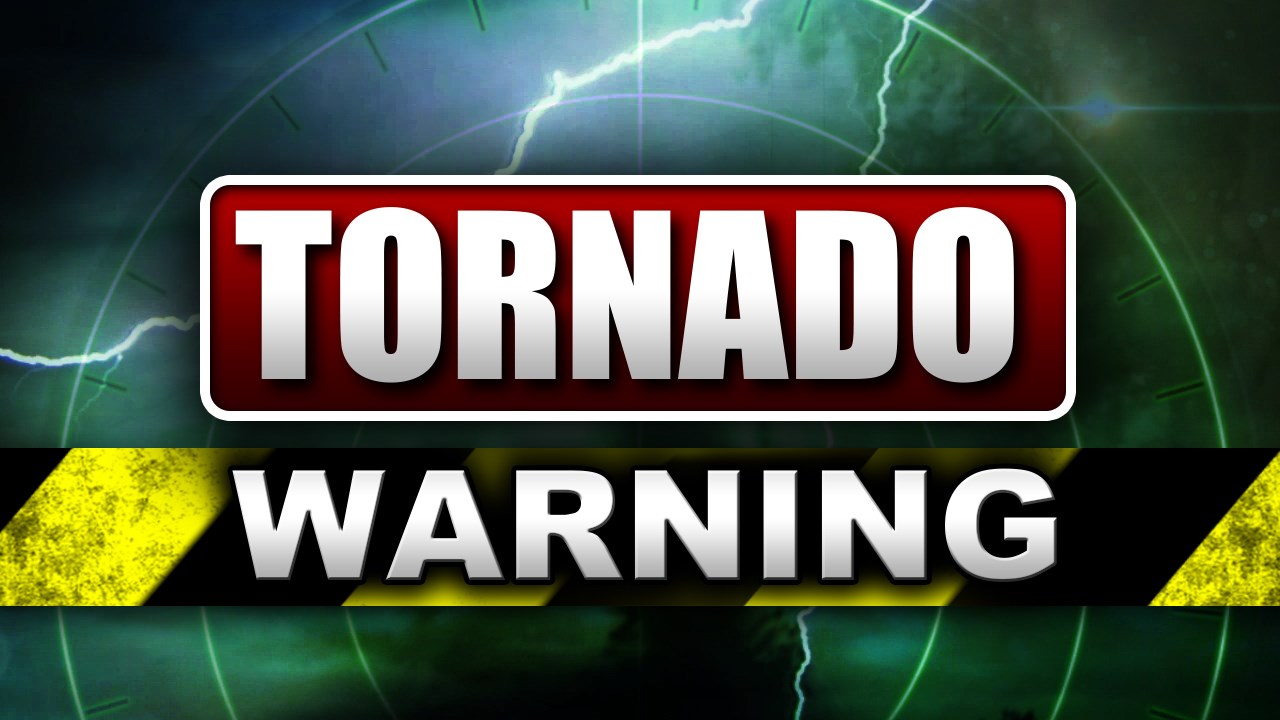Weather Patterns and Detection: Tornado Warning

Tornado warning – Tornadoes form under specific atmospheric conditions that favor the development of rotating updrafts. These conditions typically include:
- Strong wind shear: Changes in wind speed and direction with height create the spinning motion that can lead to tornado formation.
- Instability: Warm, moist air near the ground and cold, dry air aloft create an unstable atmosphere that promotes upward motion.
- Lift: A mechanism, such as a cold front or a thunderstorm updraft, provides the initial lift needed to start the rotating motion.
Radar and Other Technologies
Meteorologists use a variety of technologies to detect and track tornadoes, including:
- Doppler radar: This type of radar can detect the rotation of air within a storm, which can indicate the presence of a tornado.
- Satellite imagery: Satellite images can show the development of thunderstorm clouds and other weather patterns that can lead to tornadoes.
- Weather balloons: Weather balloons can measure the temperature, humidity, and wind speed at different altitudes, which can help meteorologists identify areas where tornadoes are likely to form.
Storm Spotters, Tornado warning
Storm spotters are volunteers who provide early warning information about tornadoes. They are trained to recognize the signs of a developing tornado and to report their sightings to the National Weather Service. Storm spotters play a vital role in helping to keep people safe from tornadoes.
Impact and Aftermath

The impact of tornadoes can be devastating, causing widespread damage and injuries. The force of the winds can uproot trees, demolish buildings, and send debris flying through the air at high speeds. Tornadoes can also cause power outages, disrupt communication systems, and contaminate water supplies.
Assessing the damage caused by a tornado is a critical step in providing assistance to affected areas. Emergency responders and government agencies work together to conduct damage assessments, identify the most severely impacted areas, and prioritize the distribution of resources.
Long-Term Effects
The long-term effects of tornadoes can be significant, affecting communities and ecosystems for years to come. The destruction of homes and businesses can lead to economic hardship and displacement. The loss of trees and vegetation can alter the local environment, impacting wildlife habitats and air quality.
Tornadoes can also have a profound psychological impact on survivors. The experience of witnessing such a destructive event can lead to post-traumatic stress disorder (PTSD) and other mental health issues. Communities may also struggle to rebuild and recover from the emotional trauma caused by the tornado.
As the skies darkened and the winds howled, a tornado warning echoed through the streets of Mount Vernon, Indiana. Mount Vernon , a town nestled in the heartland, was bracing for the wrath of nature. The tornado sirens wailed, a chilling reminder of the power and unpredictability of the storm.
Amidst the ominous roar of the approaching tornado, a lifeline of information emerges through wcpo weather. Their relentless updates and expert analysis guide us through the treacherous storm, empowering us with knowledge and a glimmer of hope as we navigate the unpredictable path of the tempest.